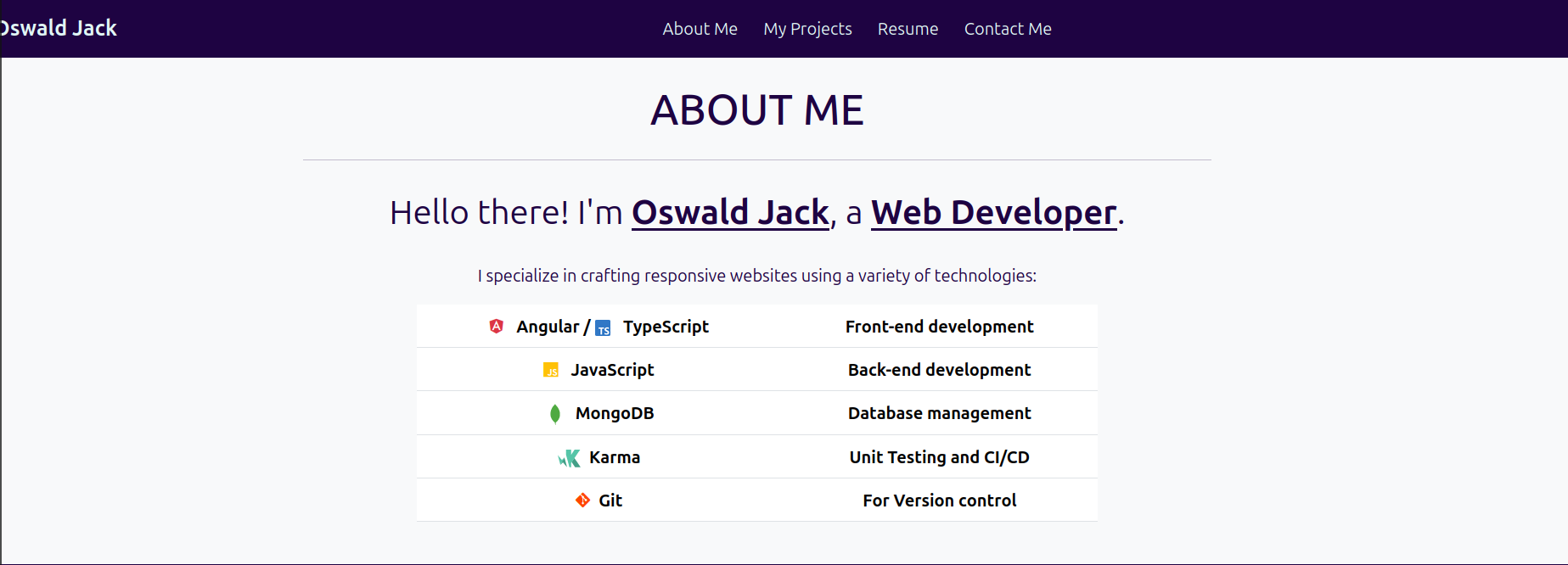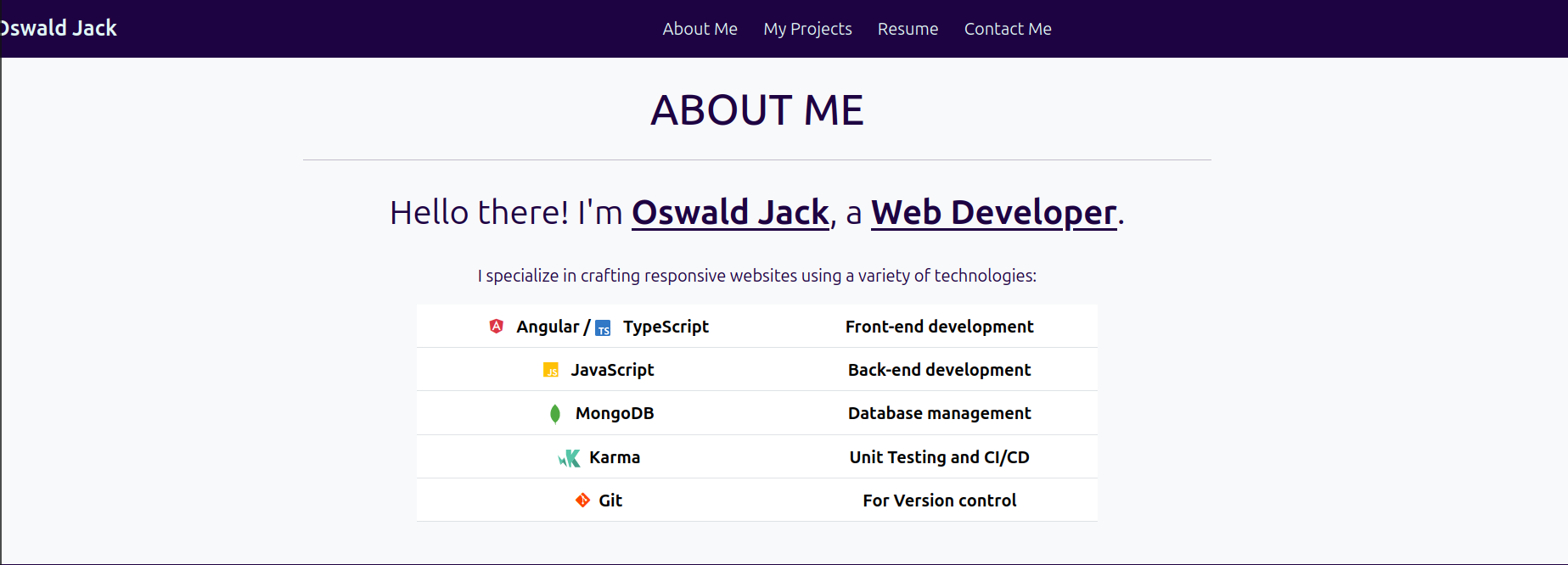The ‘technologies’ will be replaced by their respective icons.
The ‘technologies’ will be replaced by their respective icons.
Why? I have no idea what the icon for some of those are and I’m sure others may not as well.
This change would also be bad for anything that scans for keywords, which includes most applicant tracking software.
I meant like this:

Ah - okay I wouldn’t call that “replaced” - the icons were “added to” the names. I thought you meant the icons would be there instead of the name.
Apologies for the wrong word usage.
I’d change
- Github, … To
- Git, for version control
This assumes that OP actually meant git…
I fear they may have had no idea what the distinction between git and GitHub is and intended to say GitHub.
Thought it was a good opportunity to potentionally learn something new. Seems to have worked out.
Changed, but why Git but not GitHub for version control:

There’s plenty of git forges that aren’t GitHub. Git itself has nothing to do with central servers and can theoretically be used in a completely decentralized manner.
Understood.
You could use the git icon instead of the github icon.

Yeah, I’d recommend so. Otherwise, it might look like you don’t know the difference between Git and GitHub, which a software developer should.
Thanks big bro.

At college some guys were self hosting a git server for a project but it went down. We resorted to a USB stick that acted as
remoteand was passed around. That was awesome to see, for about a day…Lol. Git itself can act as a server over the git protocol. Might have been easier 🤪
deleted by creator
Speaking from experience, in the past year, I’ve used 3 different hosting providers for git repositories at work. Only one of them is GitHub. It’s good to keep your options open - git isn’t locked to any particular provider, after all.
What other options are popular in the market?
I’ve used GitLab and Azure DevOps professionally, but there are a lot of services out there which host Git repositories. GitLab can also be self-hosted which is nice. They all fundamentally work the same though from my experience - code viewer, issue tracker, pull requests, some way of doing CI/CD, and various collaborative and documentation features (wikis, discussion areas, permission management, etc).
It may be good to understand also where the separation lies between features that are part of Git vs those which are part of the service you’re using (like GitHub). For example, branches are Git, while pull requests and wikis are GitHub.
Just remove the fullstack part. If there are any senior developers going through the CVs, that’s an immediate red flag.
Why? The “stack” has grown so large, that when a dev claims to be fullstack, you know he either doesn’t understand enough to know he cannot be a fullstack developer, or he does, and isn’t really good at anything, because there’s just too much to know these days.
Here you go, I hope to reach to the Senior Developer’s level one day:

I’d suggest rewording the mongoDb line to emphasize familiarity with NoSQL and call out mongoDb as a specific technology in the family. Also, if you have actual RDBMS experience please don’t omit that, it’s something we weight a lot more than just mongo/redis/memcached.
Where should I put that information? I am trying to keep the ‘About Me’ as to not write a long story about my personal life, I’ll leave that to the interviewer.
- I would overload the first portion of your resume with as many keywords related to the stacks you’re familiar with because it’s not like humans are reading these anyway.
I would overload the first portion of your resume with as many keywords related to the stacks you’re familiar with
what ‘keywords’ should I fill it with.
Ubuntu font? Good font
I’m using Ubuntu, so it chose Ubuntu font as the default, and the font doesn’t look bad at all. I may stick with it.
I’d love for someone more experienced to chime in, but on first glance the classification of JavaScript/Typescript as backend strikes me as weird.
That may just be because the team I work with uses a React/Typescript/Java/Postgres stack and we specifically classify the Typescript as part of the Frontend. Maybe it’s different in different companies?
I’m sure that a Typescript backend could work perfectly fine, it’s just semantics 🤷



